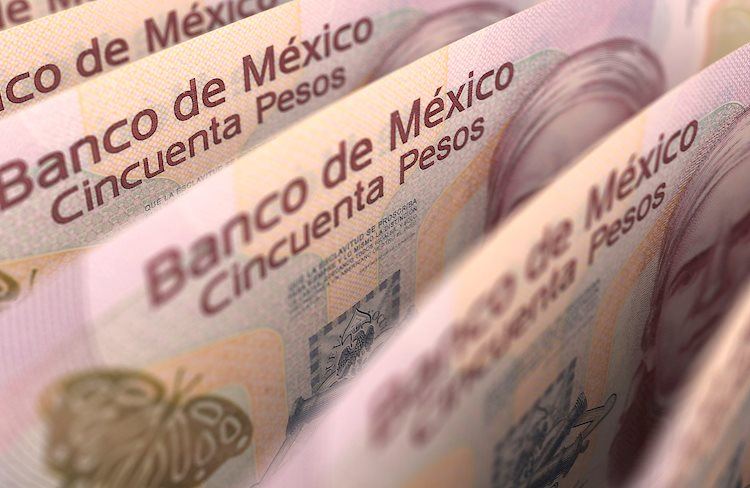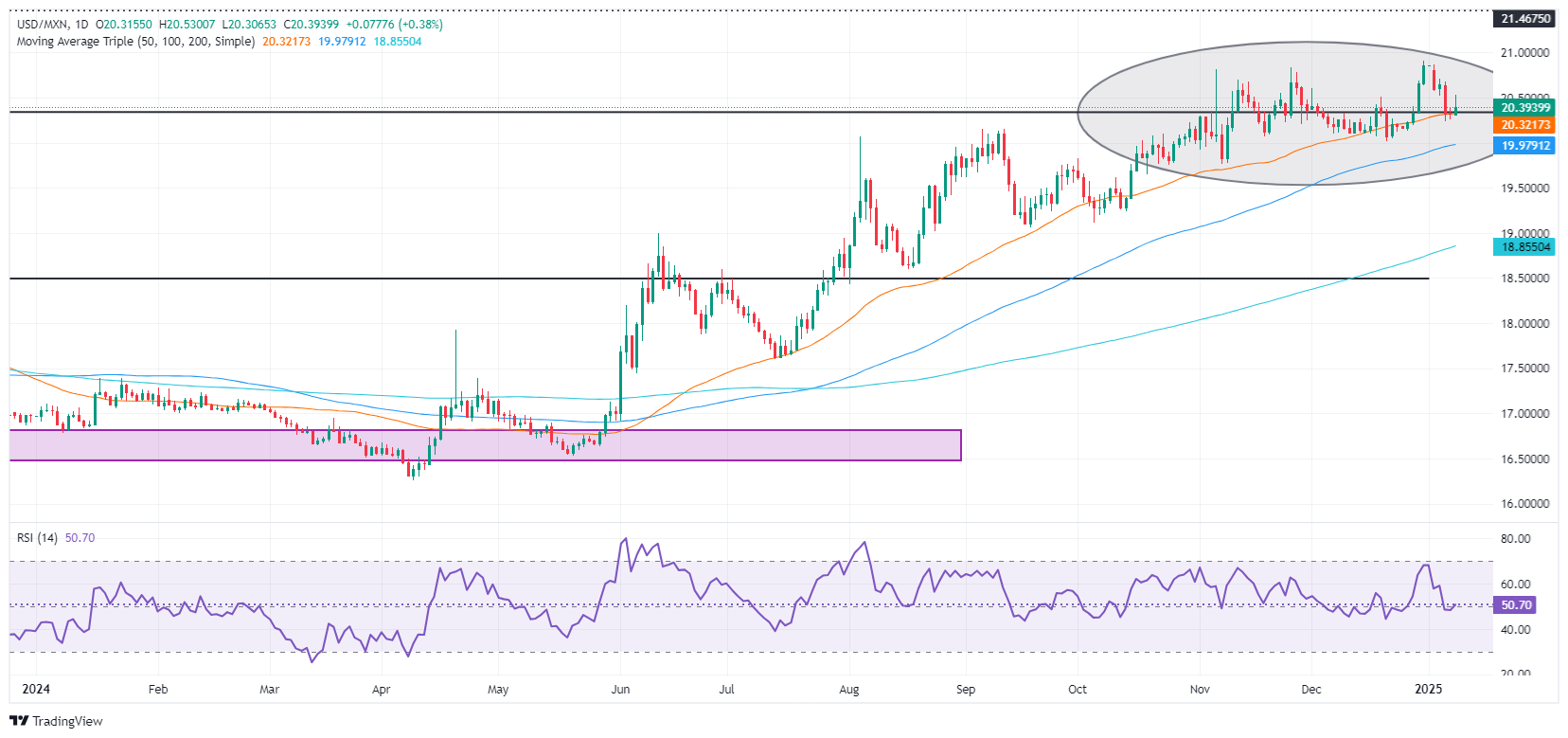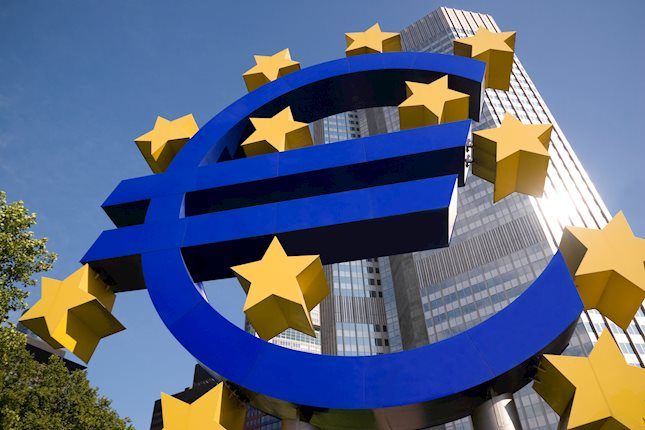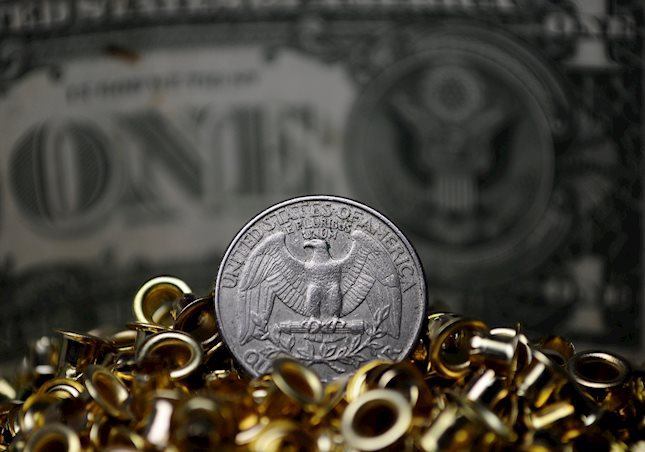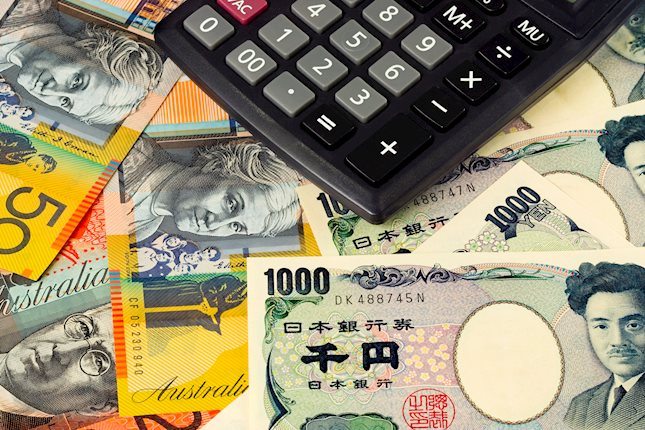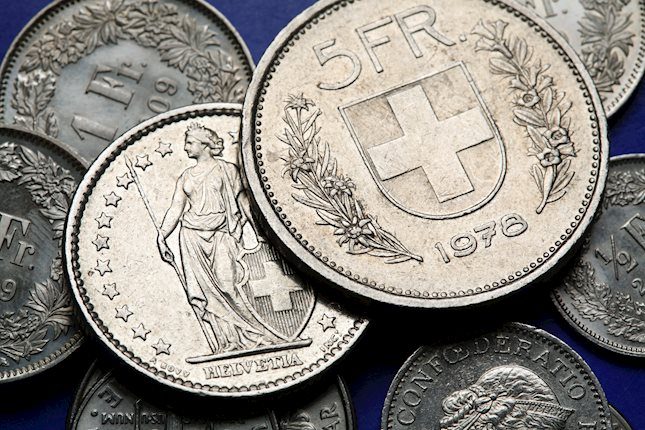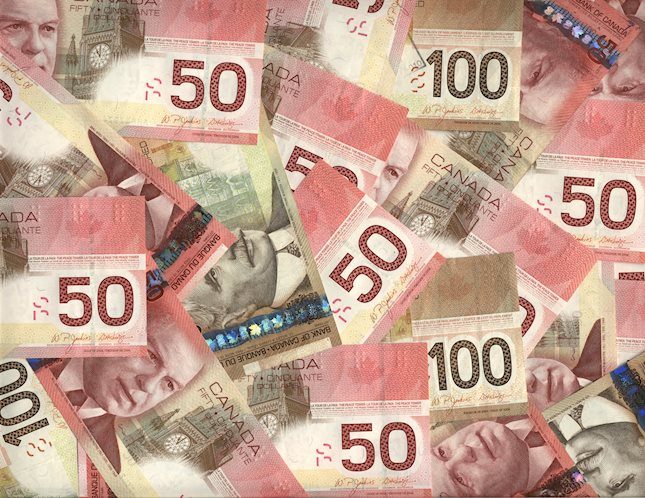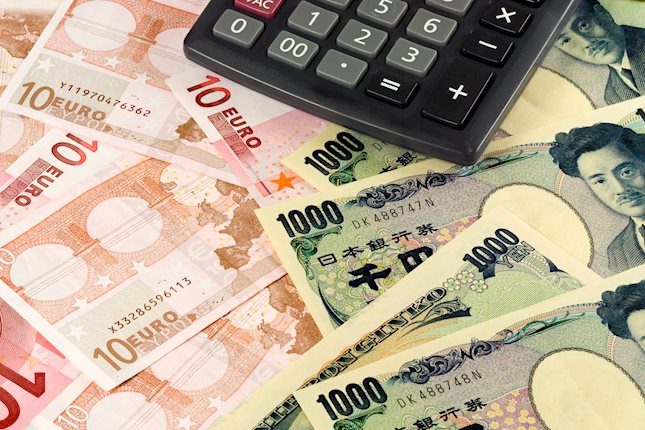Mexican peso depreciates ahead of inflation data, Banxico minutes
- Mexican Peso tumbled and hit a daily low of 20.52 as risk aversion boosted the Greenback.
- Some Federal Reserve officials supported keeping rates unchanged at the December meeting.
- Mixed US job reports show resilience, with fewer unemployment claims than expected, supporting the US Dollar.
- Traders await FOMC December minutes and Mexico’s CPI data, eyeing insights into future monetary policy and inflation trends.
The Mexican Peso (MXN) extended its losses against the US Dollar (USD) on Wednesday after some Fed officials wanted to hold rates unchanged due to “persistently elevated inflation.” This, and reiterated tariff threats by United States (US) President-elect Donald Trump, pressured the emerging market currency. At the time of writing, the USD/MXN trades at 20.41, up by 0.44%.
During the December meeting, Federal Reserve officials opted to reduce borrowing costs by 25 basis points. However, the minutes revealed that "some participants saw merit in maintaining rates at current levels, citing the heightened risk of persistently high inflation."
Despite this, policymakers expected inflation to continue moving toward the US central bank's 2% goal, although they acknowledged potential changes in trade and immigration policy. “Several” officials noted that the disinflationary process “stalled.” The minutes underscored that Fed officials opened the door to slowing the pace of interest rate cuts.
Risk aversion is driving the financial markets after CNN revealed that, according to sources, President-elect Donald Trump is considering “a national economic emergency declaration to allow for a new tariff program.”
The CNN article stated: “In 2019, Trump used the International Economic Emergency Powers Act (IEEPA) to threaten a 5% tariff on all Mexican imports that would rise to 25% if Mexico declined to take action to reduce the number of undocumented immigrants crossing the border with the United States.”
Consequently, USD/MXN jumped in the headlines to a daily peak of 20.52 before retreating to current exchange rates.
Meanwhile, the US economy continues to fare better than expected after the mixed US jobs data release. Although the ADP Employment Change for December fell shy of expectations, the US Department of Labor revealed that the number of people applying for unemployment benefits fell short of estimates.
Federal Reserve (Fed) Governor Christopher Waller stated that he does not anticipate tariffs causing persistent inflation and noted that the labor market is not exhibiting signs of overheating. While he supports additional rate cuts in 2025, he emphasized that the decision would depend on inflation progress.
Meanwhile, USD/MXN traders are eyeing the release of the December meeting minutes of the Federal Open Market Committee (FOMC). Mexico’s inflation data will also be in the spotlight on Thursday, with the release of the Consumer Price Index (CPI) for December, which is expected to continue showing the evolution of the disinflation process.
Daily digest market movers: Mexican Peso dives ahead of FOMC minutes
- Mexico’s inflation in December is expected to drop from 4.55% to 4.28% YoY in headline figures. According to analysts, core CPI is projected to rise from 3.58% to 3.62% YoY.
- In addition, traders will watch the release of the Banco de Mexico (Banxico) December meeting minutes on Thursday.
- According to the US Department of Labor, Initial Jobless Claims for the week ending January 3 fell to 201K from 211K, below estimates of 218K.
- Automatic Data Processing (ADP) revealed that private companies hired 122K people, below the 140K foreseen by economists.
- Interest rate probabilities suggest that the Federal Reserve would cut rates twice during the year, as the December 2025 Fed funds rate futures contract priced in 54 basis points (bps) of easing.
USD/MXN technical outlook: Mexican Peso remains heavy as USD/MXN climbs above 20.35
The uptrend in the exotic pair is expected to continue as the Fed turns slightly hawkish. USD/MXN bulls are leaning to the 50-day Simple Moving Average (SMA) at 20.28, and each of the three times that prices had hit the latter, the pair climbed above the 20.30 mark.
The Relative Strength Index (RSI) shifted bullish, indicating buyers are gathering steam.
If USD/MXN clears the 20.50 price level, the next resistance would be the year-to-date (YTD) high of 20.90, ahead of 21.00, and the March 8, 2022, peak of 21.46. Conversely, if USD/MXN tumbles below the 50-day SMA of 20.28, the next support would be the 20.00 figure, ahead of the 100-day SMA at 19.93, followed by the 19.50 figure.
Mexican Peso FAQs
The Mexican Peso (MXN) is the most traded currency among its Latin American peers. Its value is broadly determined by the performance of the Mexican economy, the country’s central bank’s policy, the amount of foreign investment in the country and even the levels of remittances sent by Mexicans who live abroad, particularly in the United States. Geopolitical trends can also move MXN: for example, the process of nearshoring – or the decision by some firms to relocate manufacturing capacity and supply chains closer to their home countries – is also seen as a catalyst for the Mexican currency as the country is considered a key manufacturing hub in the American continent. Another catalyst for MXN is Oil prices as Mexico is a key exporter of the commodity.
The main objective of Mexico’s central bank, also known as Banxico, is to maintain inflation at low and stable levels (at or close to its target of 3%, the midpoint in a tolerance band of between 2% and 4%). To this end, the bank sets an appropriate level of interest rates. When inflation is too high, Banxico will attempt to tame it by raising interest rates, making it more expensive for households and businesses to borrow money, thus cooling demand and the overall economy. Higher interest rates are generally positive for the Mexican Peso (MXN) as they lead to higher yields, making the country a more attractive place for investors. On the contrary, lower interest rates tend to weaken MXN.
Macroeconomic data releases are key to assess the state of the economy and can have an impact on the Mexican Peso (MXN) valuation. A strong Mexican economy, based on high economic growth, low unemployment and high confidence is good for MXN. Not only does it attract more foreign investment but it may encourage the Bank of Mexico (Banxico) to increase interest rates, particularly if this strength comes together with elevated inflation. However, if economic data is weak, MXN is likely to depreciate.
As an emerging-market currency, the Mexican Peso (MXN) tends to strive during risk-on periods, or when investors perceive that broader market risks are low and thus are eager to engage with investments that carry a higher risk. Conversely, MXN tends to weaken at times of market turbulence or economic uncertainty as investors tend to sell higher-risk assets and flee to the more-stable safe havens.
Forex News
Keep up with the financial markets, know what's happening and what is affecting the markets with our latest market updates. Analyze market movers, trends and build your trading strategies accordingly.
